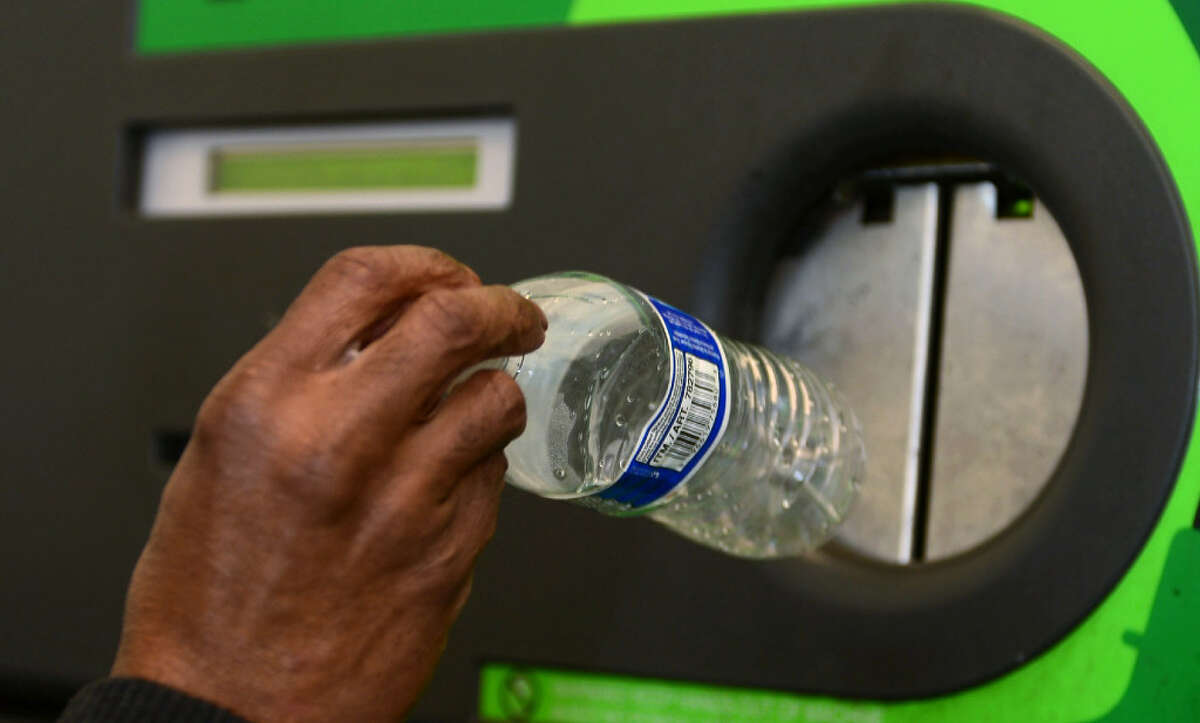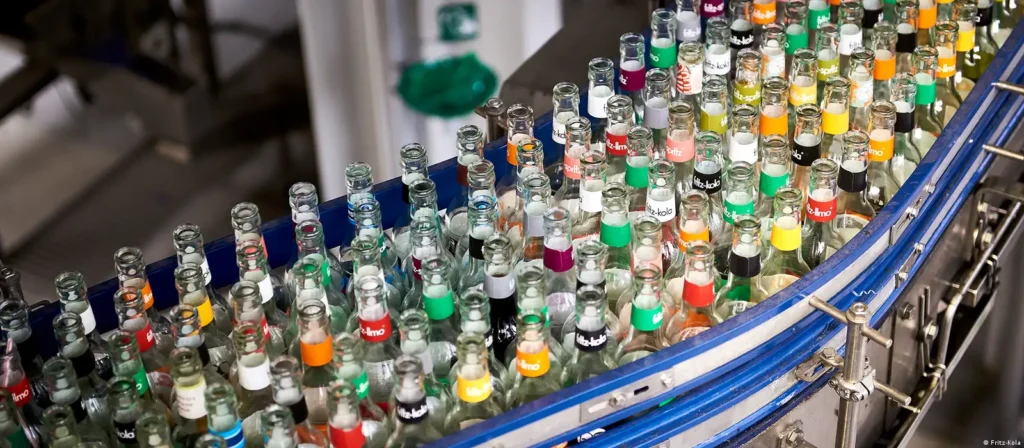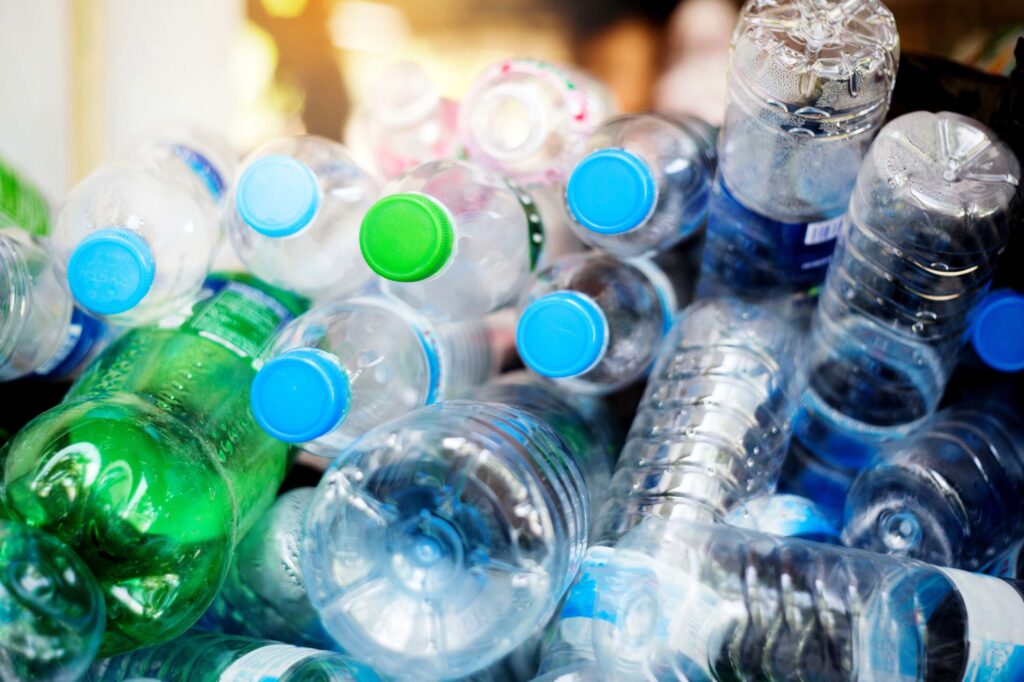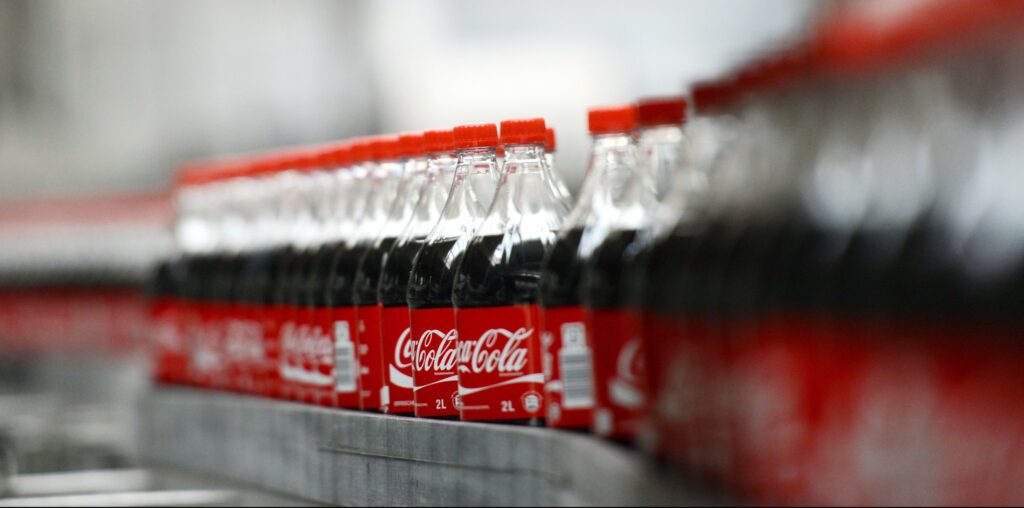Bottle Redemption: Making Money One Return at a Time

As things currently stand, 10 states have bottle redemption laws on the books. Things were not always that way. In fact, when I was growing up, there were no bottle redemption laws. Yet that doesn’t mean bottle redemption didn’t exist. It did. But 50 years ago, it was all voluntary.
Making Bottles and Can Redemption Compulsory

A bottle redemption law mandates that manufacturers charge a certain amount of money – the average is anywhere from 5 to 15 cents – on every beverage bottle or can they distribute. Consumers ultimately pay that charge as a refundable deposit. If they bring the empty bottles or cans back to a retailer or redemption center, they get the money back.
States with bottle redemption laws have essentially made redemption compulsory – at least from the manufacturers’ and bottlers’ standpoint. That is not to say that all the bottles and cans in those states get redeemed and recycled. Many do not. But bottle bill proponents say that compulsory redemption increases recycling rates.
Before There Were Laws on the Books

When I was a kid, juice, water, and soda were not sold in plastic bottles. Cans were still fairly new, so they were not used as commonly as they are today. We would get a glass bottle whenever we went down to the corner store to buy a soda. On the side of the bottle was a stamp reminding us of the 5-cent deposit.
The crazy thing back then was that consumers did not pay the deposit in the form of a higher retail price. Instead, the 5-cent redemption was more or less a bounty put on the bottle by the actual bottler. It was cheaper for bottlers to pay the deposit money than to manufacture new bottles. They were willing to pay for it.
As a kid, I used to make money (albeit in very small amounts) by wandering through the neighborhood to collect bottles from people who did not want to take the trouble to return them. They were happy to donate because they were not paying a deposit themselves.
The Financial Incentive Worked
Placing a bounty on glass bottles accomplished the desired goal: getting most of the bottles back so they could be cleaned and refilled. Bottlers knew what they were doing. They knew that a financial incentive could work. And it did. I purchased many a candy bar and roll of paper caps with the money I earned from redeeming soda bottles.
A similar scenario exists today in industrial plastic recycling. Companies like Tennessee-based Seraphim Plastics purchase scrap plastic from manufacturers, industrial companies, and other organizations that would otherwise throw it in the trash.
Being able to sell their plastic waste gives them an incentive to recycle it. Bear in mind that these companies do not pay a deposit on the plastic materials they purchase. So it isn’t costing them anything more to throw the waste away. But they can pad the bottom line by selling it to a recycler like Seraphim.
The Retail Price Issue

These days, new bottle redemption laws are often met with resistance from manufacturers, bottlers, and retailers. Their main concern is that compulsory redemption increases retail prices. That it does. Everyone in the supply chain needs to increase prices to account for both mandatory deposits and the extra labor of processing returns. That means higher prices at the cash register.
If glass were still the primary bottling material, redemption would make a lot of sense. But plastic rules the day. And quite frankly, new plastic is cheaper than recycled plastic for things like water and soda bottles.




